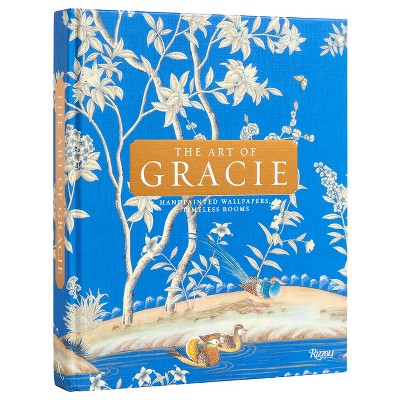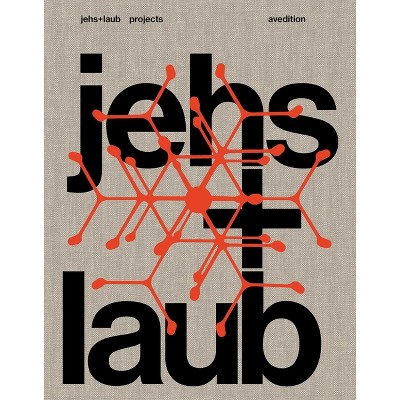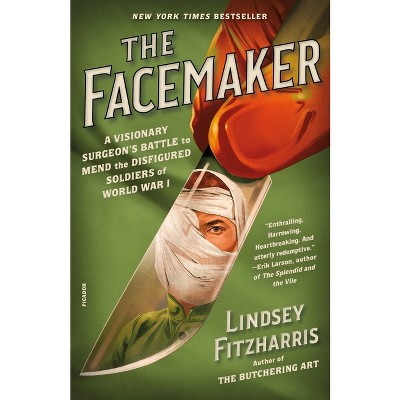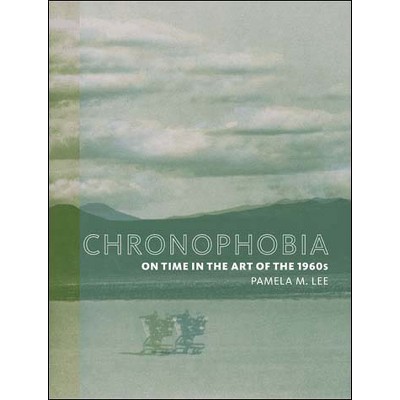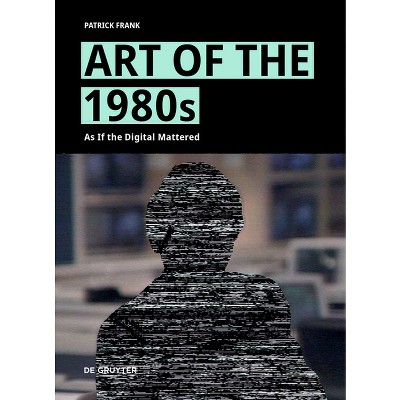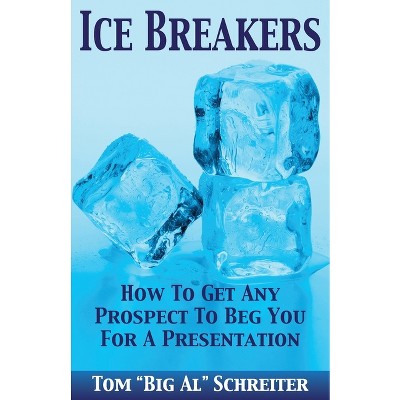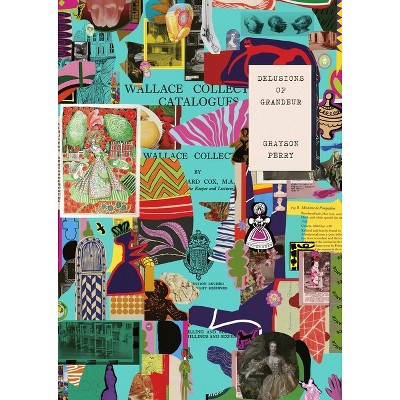Sponsored

Between the Black Box and the White Cube - by Andrew V Uroskie (Paperback)
$34.00
In Stock
Eligible for registries and wish lists
Sponsored
About this item
Highlights
- Today, the moving image is ubiquitous in global contemporary art.
- About the Author: Andrew V. Uroskie is associate professor and graduate director of the MA/PhD Graduate Program in Art History and Criticism at Stony Brook University, SUNY.
- 288 Pages
- Art, History
Description
About the Book
In postwar America, visual artists started expanding the use of cinema beyond its traditional narrative role (as in movies ). The late 1950s and early 1960s constituted a seminal moment when, all over the world, artists started to become filmmakers and filmmakers, artists. The time marked a dramatic moment in the life of the moving image: as broadcast television surged forward and the film industry was in precipitous decline. The old glamour of the silver screen was diminishing, and cheapening, as films came to be shown on TV, between commercials. When it came to movie theaters, a slew of B-grade films and gimmicks (like 3-D glasses, drive-ins, stereo earphones) signaled desperate attempts to lure back a theatrical audience.Yet the generation of artists who first experienced this decline in the theatrical cinema turned out also to be the first to grasp the possibility for its radical reinvention. With inexpensive, small-gauge film becoming widely available and video technology just around the corner, Andy Warhol, Nam June Paik, Robert Whitman, and Stan VanDerBeek suddenly became filmmakers. These amateurs developed a compelling body of work that has until recently been overlooked. In their efforts to explore a radically new way of"experiencing"the moving-image, these artists helped develop a novel space"between"the white cube of the art gallery and the black box of the cinematic theater."
Book Synopsis
Today, the moving image is ubiquitous in global contemporary art. The first book to tell the story of the postwar expanded cinema that inspired this omnipresence, Between the Black Box and the White Cube travels back to the 1950s and 1960s, when the rise of television caused movie theaters to lose their monopoly over the moving image, leading cinema to be installed directly alongside other forms of modern art. Explaining that the postwar expanded cinema was a response to both developments, Andrew V. Uroskie argues that, rather than a formal or technological innovation, the key change for artists involved a displacement of the moving image from the familiarity of the cinematic theater to original spaces and contexts. He shows how newly available, inexpensive film and video technology enabled artists such as Nam June Paik, Robert Whitman, Stan VanDerBeek, Robert Breer, and especially Andy Warhol to become filmmakers. Through their efforts to explore a fresh way of experiencing the moving image, these artists sought to reimagine the nature and possibilities of art in a post-cinematic age and helped to develop a novel space between the "black box" of the movie theater and the "white cube" of the art gallery. Packed with over one hundred illustrations, Between the Black Box and the White Cube is a compelling look at a seminal moment in the cultural life of the moving image and its emergence in contemporary art.Review Quotes
"Between the Black Box and the White Cube rescues critically neglected and under-recognized work by artists who embraced media, especially film, at times and in contexts that proved inhospitable to intermedia art. Andrew Uroskie writes with a retrospective lens aimed at correcting the art historical past, but he also shows himself adept at treating the work of major contemporary figures. Bringing extraordinary care to his in-depth analyses and the development of his historical claims, Uroskie has produced a wide-ranging and insightful book that fills an important gap in the literature and will readily cross over from the realm of cinema studies to that of contemporary art history."-- "Bruce Jenkins, School of the Art Institute of Chicago"
"Through an array of insightful analyses, Uroskie places expanded cinema's unruly practices within the very center of the discourse of post-World War II art and film. In so doing, he sheds important new light on figures both well-known (like Andy Warhol) and much-too-often ignored (such as Stan VanDerBeek, Robert Breer, Jean-Isidore Isou, and Ken Dewey) and outlines the prescient challenge they posed to the institutions that conditioned their exhibitions. Long marginalized, expanded cinema has finally received the critical attention for which it has always been clamoring."-- "Branden Joseph, Columbia University"
"Uroskie's sensitive interpretative work, scholarly synthesis, and wealth of research make this book an important addition to the host of new critical literature emerging on experimental film, media, and art."-- "Millennium Film Journal"
About the Author
Andrew V. Uroskie is associate professor and graduate director of the MA/PhD Graduate Program in Art History and Criticism at Stony Brook University, SUNY. He lives in Brooklyn, NY.Dimensions (Overall): 9.4 Inches (H) x 6.9 Inches (W) x .9 Inches (D)
Weight: 1.25 Pounds
Suggested Age: 22 Years and Up
Number of Pages: 288
Genre: Art
Sub-Genre: History
Publisher: University of Chicago Press
Theme: Contemporary (1945-)
Format: Paperback
Author: Andrew V Uroskie
Language: English
Street Date: February 27, 2014
TCIN: 1006092954
UPC: 9780226842998
Item Number (DPCI): 247-31-6143
Origin: Made in the USA or Imported
If the item details aren’t accurate or complete, we want to know about it.
Shipping details
Estimated ship dimensions: 0.9 inches length x 6.9 inches width x 9.4 inches height
Estimated ship weight: 1.25 pounds
We regret that this item cannot be shipped to PO Boxes.
This item cannot be shipped to the following locations: American Samoa (see also separate entry under AS), Guam (see also separate entry under GU), Northern Mariana Islands, Puerto Rico (see also separate entry under PR), United States Minor Outlying Islands, Virgin Islands, U.S., APO/FPO
Return details
This item can be returned to any Target store or Target.com.
This item must be returned within 90 days of the date it was purchased in store, shipped, delivered by a Shipt shopper, or made ready for pickup.
See the return policy for complete information.
Trending Non-Fiction


$18.28
was $19.58 New lower price
4.7 out of 5 stars with 17 ratings

